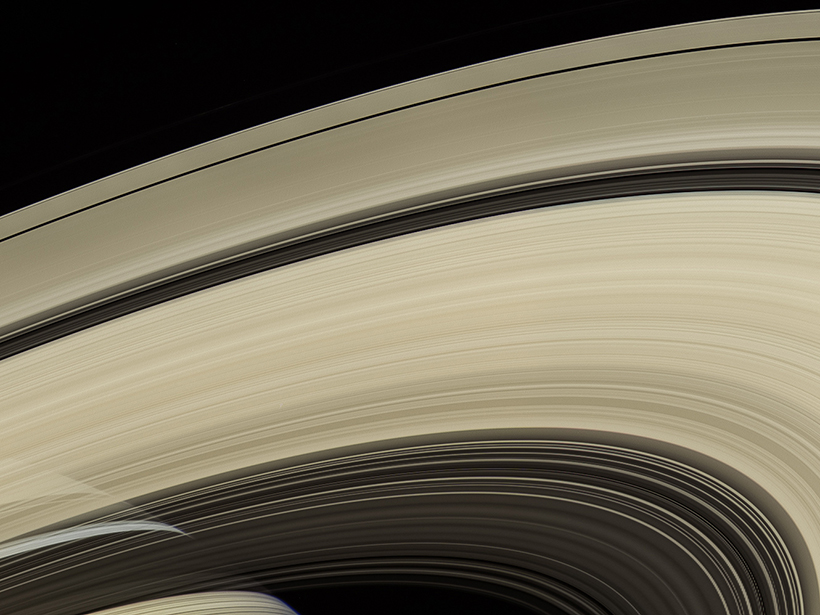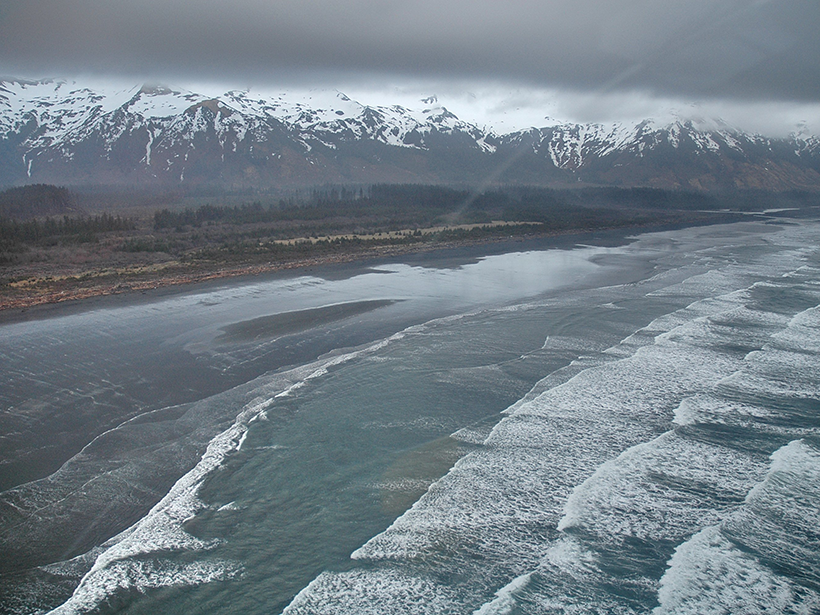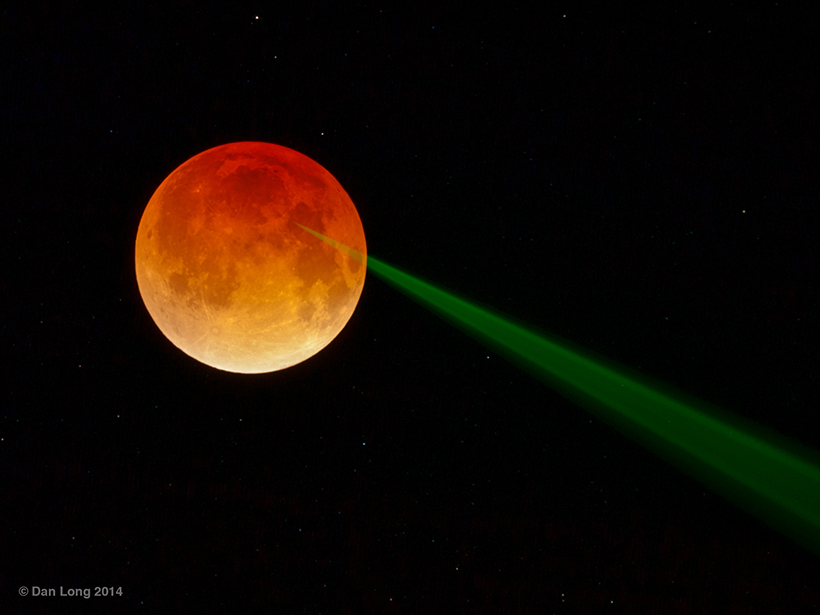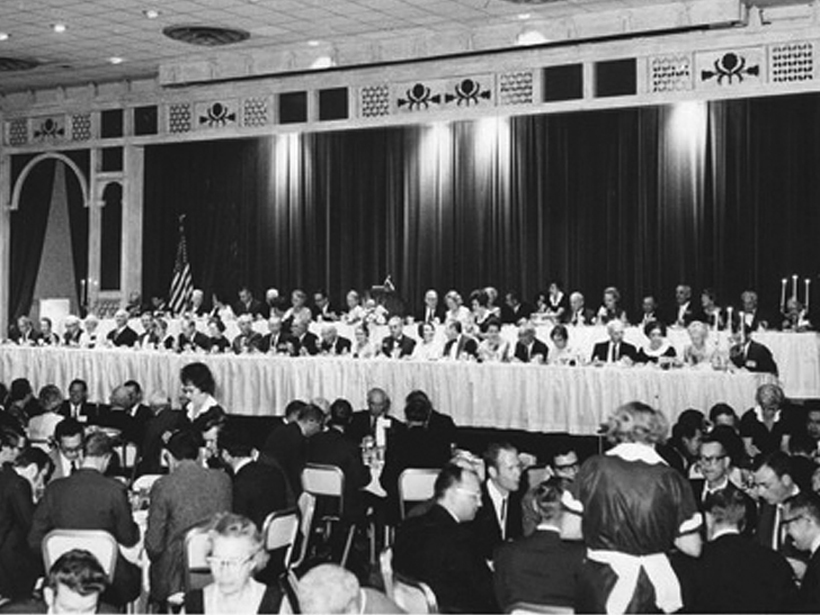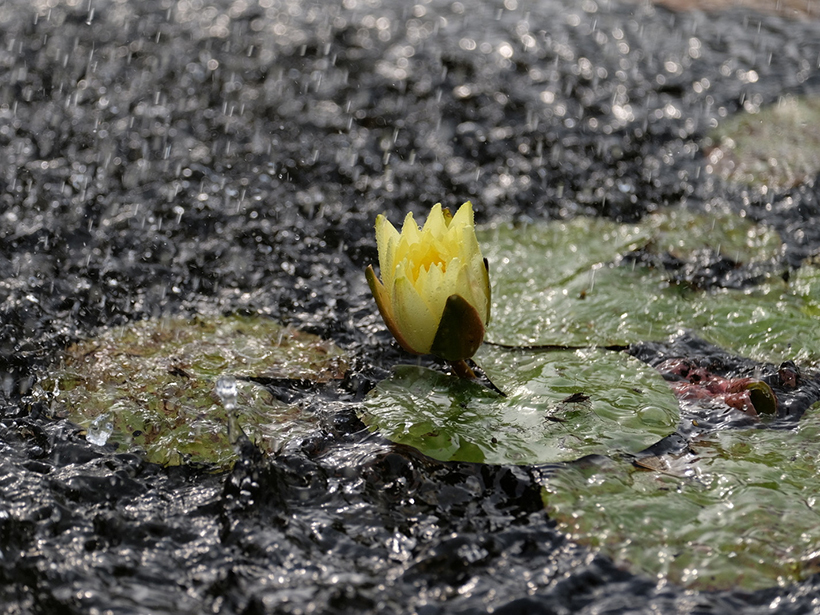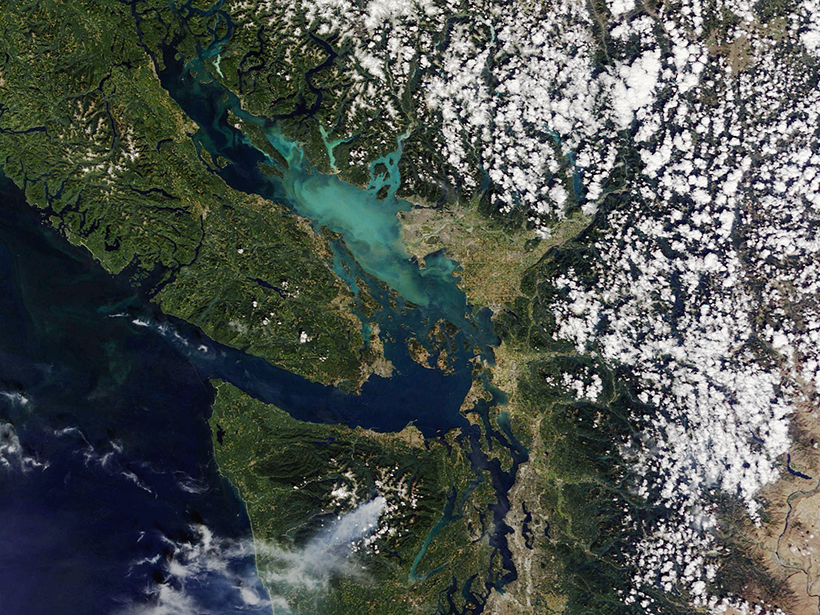Once and future rings: During its final 22 orbits, the Cassini spacecraft provided a completely new look at one of our solar system’s most famous features.
Features
Apollo’s Legacy: 50 Years of Lunar Geology
Samples of the Moon’s surface brought back by Apollo astronauts ushered in a new era of planetary science. Scientists today continue the legacy.
Honoring Volcanologist David Johnston as a Hero and a Human
A new biography details the life and legacy of the scientist who died on Mount St. Helens.
The Tides They Are a-Changing
The twice-daily ebb and flow of the sea have the power to change the planet. Weak tides could have allowed Earth to freeze over, and strong tides may have given vertebrates a leg up on land.
Seeing the Light
Scientists continue to use Apollo’s last experiment to probe everything from the interior of the Moon to theories of gravity.
Women in Oceanography Still Navigate Rough Seas
Female scientists have weathered bias, lack of support, and unsafe work environments since the dawn of oceanography. Could recent initiatives, technology, and awareness chart the way to safer waters?
The Mineralogical Society of America Turns 100
The society that led scientists through some of the most groundbreaking discoveries of the past century looks ahead to the next challenges with a Centennial symposium in late June.
Gauging in the Rain
Measuring how much water falls from the sky is more complicated than it seems. To improve measurements, researchers are looking at umbrellas, hydrophones, and gamma ray detectors.
Green and Grand: John Wesley Powell and the West That Wasn’t
One hundred fifty years ago, the explorer and scientist argued that the West needed smart development. Now the fast-growing region is playing catch-up.
Mud on the Move
Powerful submarine flows known as turbidity currents are starting to give up their secrets.

